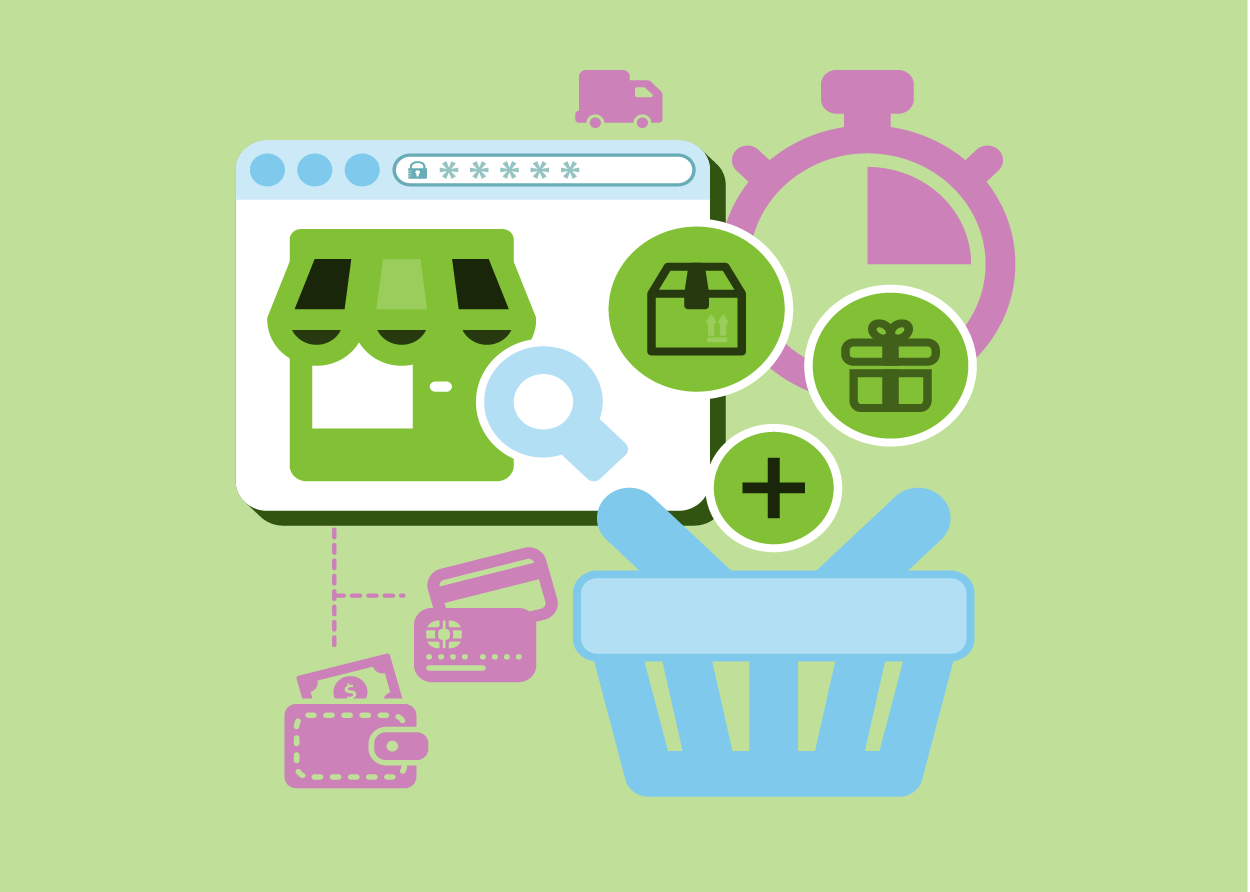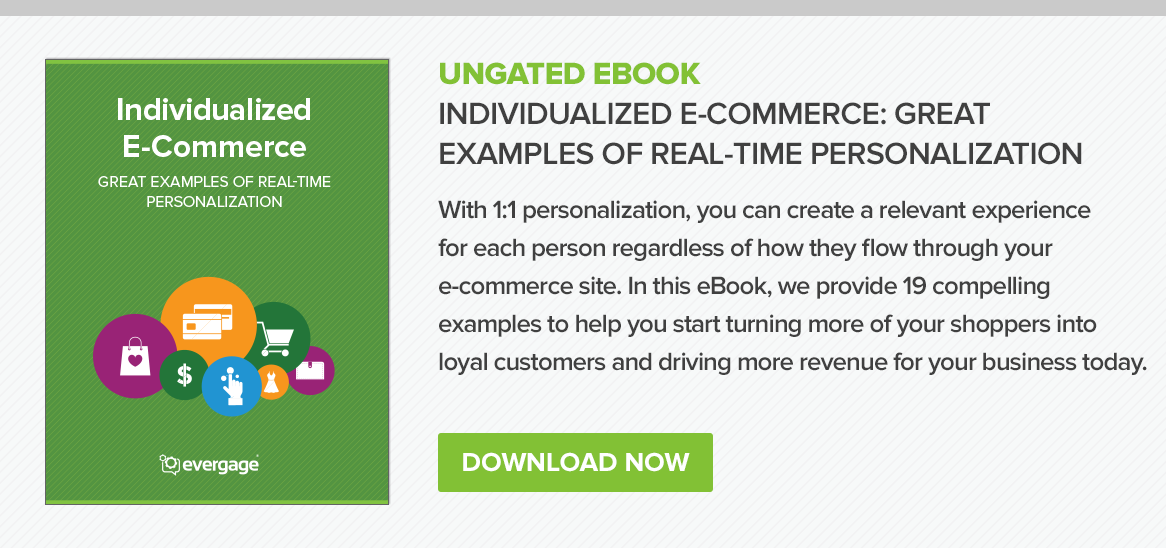
Many marketing techniques are focused on increasing the average order value as customers convert on your e-commerce site.
Bundling? Free shipping? Suggested items? They all work toward the same goal: getting customers to buy more with each visit, increasing the average order value (AOV). But what about increasing the lifetime value (LTV) of your customers?
With modern customers increasingly treating e-commerce as a supplement or alternative to traditional retail, e-commerce owners and marketers need to find ways to turn one-time purchases into long-term relationships. It’s not enough to add $35 to a $100 order. Instead, you need to also encourage the brand loyalty that traditional brands often enjoy and the consistent “foot” traffic that traditional retail has long seen.
AOV is about using real-time sales tactics to increase sales volume. In contrast, LTV is about delivering individualized experiences over the long term to keep customers coming back. Let’s jump into why that matters more than you might think — and how both measures can work together.
Average Order Value: A Short-Term Boost of Revenue
Average order value as a number is straightforward: total revenue divided by the number of orders.
AOV is a good metric to start with as you begin exploring new routes of acquisition and upselling. After all, the higher your order value, the fewer customers you need to convert to reach your revenue goal.
At the same time, in the short term, it gives you more to work with. Higher revenue means you have more budget available to put toward marketing.
But focusing solely on AOV can be limiting. It not only fails to take into account your cost of goods and other expenses, but AOV also limits your view of month-by-month improvements and doesn’t adequately take long-term growth into account.
Lifetime Customer Value: A Long-Term Boost of Profitability
In contrast to AOV, increasing the lifetime value of a customer takes a much larger and long-term view of profitability.
To accurately calculate LTV for your e-commerce business, you need an accurate view of all costs associated with each order: shipping, cost of goods sold, processing fees and average refund rate.
Take that net revenue and multiply it by the customer’s annual purchase frequency and you have customer value. You can then multiply that customer value by the average customer lifespan.
With this method of calculation, you can see that AOV and LTV are actually closely related; order value affects customer value, which affects lifetime value.
The main difference in increasing LTV versus AOV is that lifetime value efforts are focused on organic changes to your interactions with customers.
7 Ways to Maximize LTV for Your eCommerce Business — While Maintaining AOV
It’s not as if AOV and LTV are mutually exclusive metrics for growing your e-commerce business. Both hold important insight into the effectiveness of your marketing and sales efforts.
But if your current focus is solely on AOV, it’s critical to explore ways in which you can bring an LTV approach to your marketing and sales efforts. And if you have been focused on driving long-term value but struggle with increasing order value in the moment, it’s just as important to look at personalization and landing page conversion strategies that will increase AOV.
These are a few tips that hit all the high points.
- Make brand loyalty a primary business goal. If you start with the question “How can we keep customers coming back?” the potential answers will span marketing, sales, customer service and everything in between.
- Make marketing channels more efficient. You don’t want your marketing efforts to feel like marketing to current customers. But that doesn’t mean they shouldn’t efficiently bring customers further down the funnel. Any marketing efforts should add value to customer interactions with your brand — such as birthday wishes and special targeted offers.
- Make customer feedback a closed loop. Even negative reviews can lead to better ratings if they are handled correctly. Take the time to respond to reviews, find ways to make it right with dissatisfied customers and incorporate feedback into your processes and products.
- Make personalization a key part of your marketing approach. Personalization is all about making the customer feel known and understood — by design, this keeps them coming back. Think about how to deliver relevant content and experiences across your site, mobile app and email campaigns to treat each shopper as a unique individual.
- Make customer service a business pillar. As of three years ago, nearly 90% of companies expected to compete primarily on the basis of customer service. Customer experience is the new marketing.
- Make customer transactions easy. An easy checkout process will help increase AOV and an easy account creation process should increase LTV, as it gives you a foot in the door for returning customers. It’s as simple as that.
- Make use of your customer data. From how far down the funnel they make it, to the products they’re interested in, you have customer data at your fingertips. Bring all of this information together into a customer data platform to realize the benefits of acting on data in real time. You should also be using data analysis to assess how each tweak you make — from paid campaigns to personalization — affects your profitability.
Final Thoughts
Increasing both average order value and lifetime customer value requires leveraging one-to-one customer engagement. Personalizing experiences, closing the loop on customer feedback, easing customer transactions — all of these come back to utilizing the customer data you have available.
While LTV may be the better metric to focus on, AOV is still critically important. And at the heart of incorporating LTV and AOV into your e-commerce marketing and sales efforts is data. You have it at your fingertips, so why not use it?
With the right tools and practices you can use customer data to boost everything from customer engagement to e-commerce profitability.
